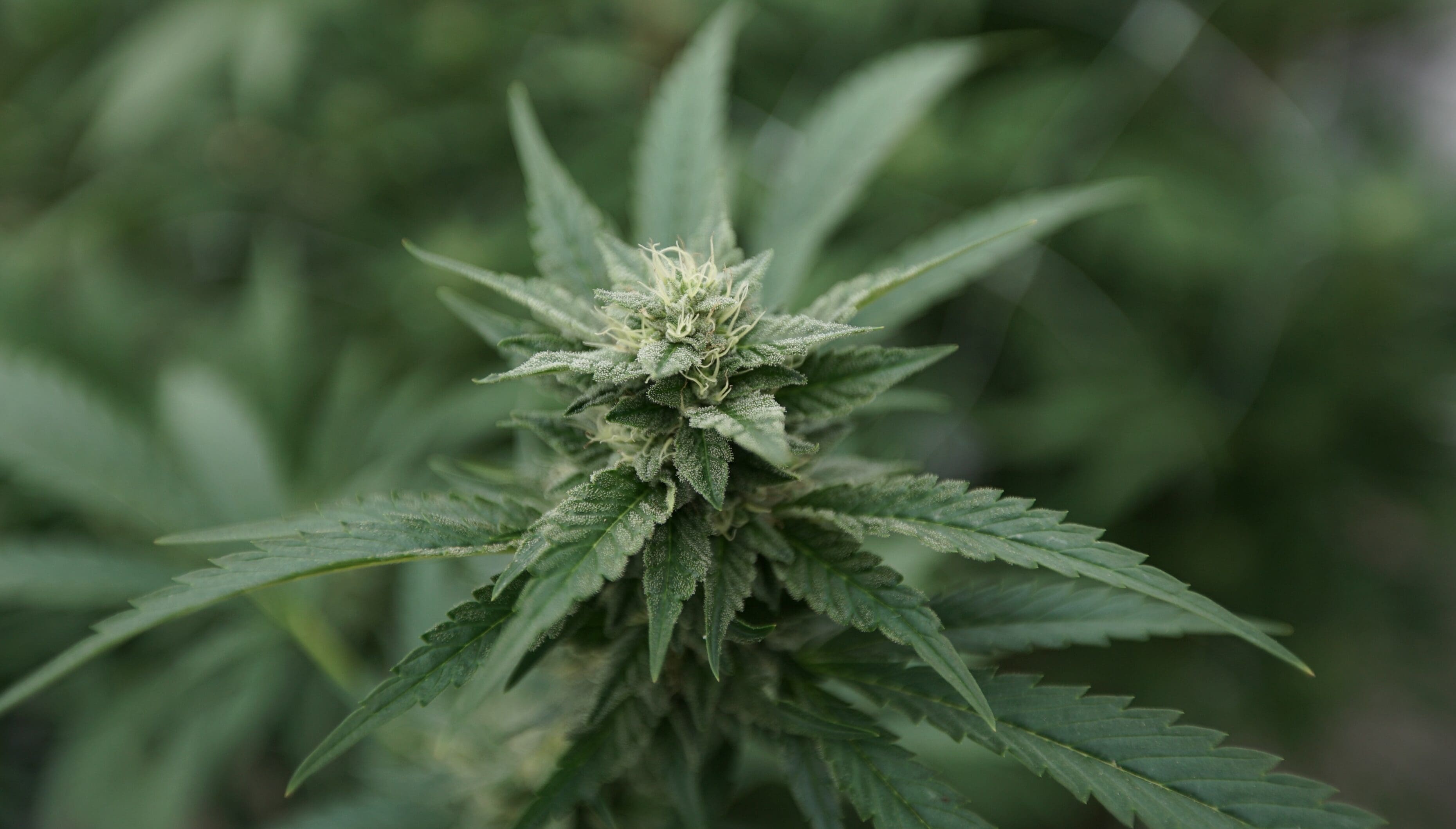Science & Health
Feds Want Help Finding Evidence On Marijuana And Kratom’s Role In Treating Pain

A federal health agency is conducting a review of studies to learn if marijuana and kratom could potentially treat chronic pain with fewer side effects than opioids.
The Agency for Healthcare Research and Quality (AHRQ) is asking the public to help identify research that specifically looks at the risks and benefits of cannabinoids and kratom, a type of plant known for its analgesic effects. The agency said the rise in opioid prescriptions and overdoses necessitates exploring plant-based alternatives.
The public is invited to submit studies on how these substances impact chronic pain until the January 4 deadline.
“Some data suggest that cannabinoids may have analgesic properties, though research in this area is mixed,” AHRQ, which is part of the Department of Health and Human Services, said in a notice, adding that THC “has demonstrated analgesic properties, though its psychoactive effects and abuse potential increase its risk and suitability as an analgesic.”
Other ingredients in marijuana like CBD, CBG and CBC “may also have some analgesic or anti-inflammatory properties and are not thought to be psychoactive or addictive, but these cannabinoids may not be as potent as THC,” the agency said.
AHRQ said that a prior review of research into alternative pain treatments including cannabis found “too little evidence to draw meaningful conclusions on either benefits or harms,” but that analysis did not investigate other plant-based compounds (PBC) like kratom.
The federal agency also made a notable admission about the consequences of marijuana prohibition and the potential benefits of state-level legalization.
“Although some PBCs thought to reduce pain are currently classified as Schedule I by the Drug Enforcement Administration, the recent legalization of cannabis by several states may lead to more, and higher quality, research on them,” AHRQ said. “Initiatives to develop and study alternative interventions for chronic pain are expected to contribute to this increase in research on PBCs, specifically for pain.”
There are four main questions that AHRQ is hoping to answer with its living systematic review:
1. In adults with chronic pain, what are the benefits of cannabinoids?
2. In adults with chronic pain, what are the harms of cannabinoids?
3. In adults with chronic pain, what are the benefits of kratom or other plant-based substances for treatment of chronic pain?
4. In adults with chronic pain, what are the harms of kratom or other plant-based substances for treatment of chronic pain?
Earlier this year, AHRQ also announced that it was reviewing studies into the opioid alternatives for treating acute pain and migraines, including marijuana.
The agency has made other cannabis-related requests in the past, soliciting scientific information about the potential use of cannabinoids in the treatment of Alzheimer’s disease, for example.
Separately the Centers for Disease Control and Prevention (CDC) received hundreds of public comments on marijuana and kratom after asking for input on input on “individual stakeholder’s values and preferences related to pain and pain management options.”
Oregon Governor Takes First Step To Regulate Psilocybin Mushroom Therapy By Forming New Board
Photo courtesy of Chris Wallis // Side Pocket Images.
















